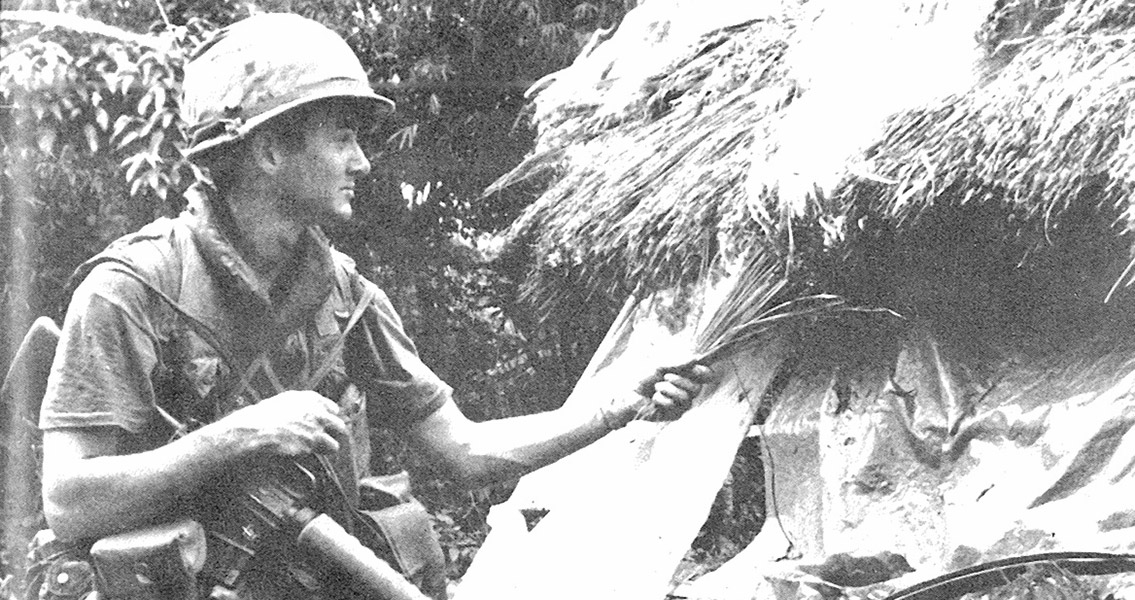<![CDATA[The My Lai Massacre was an event which perhaps more than any other turned public opinion in the United States against the country's involvement in the Vietnam War, providing a permanent stain on the history of US military involvement in the conflict. On 10th March 1970, U.S. Army Captain Ernest Medina along with several of his subordinates became the first US soldiers charged with involvement in the My Lai massacre. Among the accusations leveled against Medina and his company were premeditated murder, rape, and the maiming of a subject during interrogation. Medina had been the company commander of Lt. William Calley and other soldiers charged with murder and other crimes at the My Lai 4 hamlet, in Song My Village, in 1968. Exact figures for the number of people killed at My Lai remain unconfirmed, but some historians estimate that as many as 500 people, including women, children and the elderly, were killed by Charlie Company, a US army platoon. A more conservative official report by the US Army put the figure at 175. The March 1968 massacre occurred at a time when the morale of US soldiers in Vietnam was at its lowest ebb, the North Vietnamese led Tet Offensive of January 1968 having inflicted heavy losses and painful defeats on the American forces. Charlie Company in particular had been hit hard, losing some 28 men to death and injury. A unit led by Lt. Calley was sent to My Lai, believed to be a Viet Cong stronghold, on a search and destroy mission on 16th March, 1968. The US soldiers arrived at the hamlet, and found no evidence of Viet Cong there. Nevertheless, hundreds of civilians were rounded up and murdered in shocking fashion, including rape and torture. Reports claim Lt. Calley dragged dozens of people into a ditch before opening fire on them with a machine gun. Sergeant Michael Bernhardt, a US soldier at My Lai, claimed that he saw no Vietnamese in the hamlet who could have been considered of military age. He also claimed that no shots had been fired at the US soldiers by the village's inhabitants. The US military managed to cover up the brutal events at My Lai for over a year. As was so often the case with the Vietnam War however, it was the growing influence of the media which ultimately exposed the shocking reality. In a December 1969 television interview, US soldier Paul Meadlo admitted to having killed civilians at My Lai. The statement caused outrage, and public and political pressure was placed on the military to launch a full investigation. A report by Lieutenant General William Peers issued in early March 1970 suggested that 28 soldiers be charged for the crimes at My Lai, although the army ultimately only elected to court martial 14, including Calley and his commanding officer, Captain Medina. Ultimately, all of the soldiers would be acquitted apart from Calley. who was found guilty on 22 counts of murdering civilians, and sentenced to live imprisonment. A major campaign was launched in defence of Calley, claiming he was just a soldier following orders. A record released to support him, "The Battle Hymn of William Calley", sold over 200,000 copies. His sentence was reduced to ten years, and he was paroled after serving only four years of his sentence. In the US, media coverage of the trials only served to increase the bitter divide over the justification of American involvement in the Vietnam War. ]]>
First Charges Brought Against My Lai Soldiers
